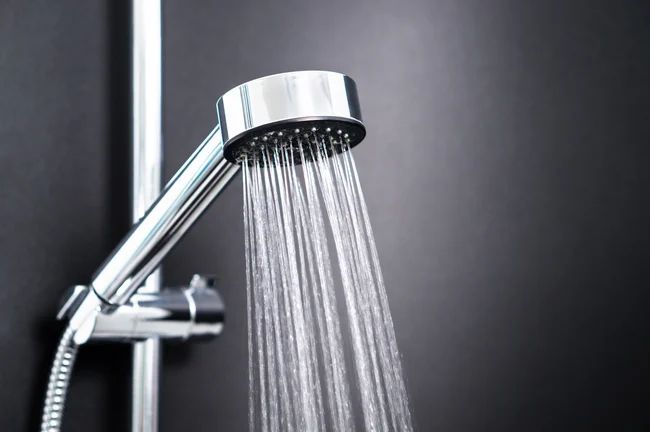Few things are more frustrating than hopping in the shower and getting a sad trickle instead of a refreshing spray. Low water pressure doesn’t just make showers disappointing; it can also make washing dishes, watering the garden, or running appliances a slow, tedious process.
If you’ve noticed your home’s water pressure dropping, it’s worth figuring out the cause before it turns into a bigger problem. Here are the top five reasons for low water pressure and what you can do about them with a little insight from the Idaho Falls plumbing experts who see these issues every day.
1. Mineral Buildup in Pipes or Fixtures
Idaho Falls has water that can be on the harder side, meaning it contains minerals like calcium and magnesium. Over time, these minerals can build up inside pipes and fixtures, narrowing the space where water flows. Even a small amount of buildup can slow your water pressure significantly.
What to do:
- Clean faucet aerators and showerheads with vinegar to dissolve mineral deposits.
- If the buildup is severe inside your pipes, you may need a professional plumber to flush or replace affected sections.
- Consider installing a water softener to help prevent future buildup.
2. Leaks in the Plumbing System
Even a small leak can reduce water pressure because some of the water is escaping before it reaches your faucet. Leaks often occur in hidden spots — under floors, behind walls, or even underground, so you might not notice them right away.
What to do:
- Check for damp spots, water stains, or mold growth.
- Turn off all water in the home and watch your water meter. If it’s still moving, you probably have a leak.
- Call a licensed Idaho Falls plumbing professional to locate and repair the leak before it causes serious damage.
3. Problems with the Pressure Regulator
Most homes have a pressure regulator. This is a valve that ensures your water pressure stays within a safe range. If this device fails, you might suddenly experience very low (or very high) water pressure.
What to do:
Pressure regulators are not something most homeowners should replace themselves. They’re usually installed where the main water line enters the home, and replacing them involves shutting off and disconnecting the line. An Idaho Falls plumbing specialist can test the regulator and install a new one if needed.
4. Corroded or Aging Pipes
If your home is older, the pipes themselves may be the problem. Galvanized steel pipes, for example, corrode from the inside over time. As rust and debris build up, water flow is restricted, leading to low pressure in some or all parts of the home.
What to do:
If your pipes are old or corroded, the only real fix is replacing them with newer materials like copper or PEX. While repiping can be a big project, it can also improve water pressure, water quality, and the overall safety of your home’s plumbing system.
5. Issues with the Municipal Water Supply
Sometimes, the problem isn’t in your home at all. City water departments may temporarily lower pressure for maintenance or repairs, or there could be a main break in your area.
What to do:
- Ask neighbors if they’re experiencing the same problem.
- Contact your local water utility to see if there’s an outage or maintenance happening.
- If it’s not the city’s issue, circle back to the first four causes and consider having your home plumbing inspected.
When to Call a Plumber
Low water pressure can be more than an inconvenience; it can be a sign of serious issues like leaks, corrosion, or failing equipment. The sooner you identify the cause, the faster you can fix it and prevent further damage.
If you’ve gone through the basics and still can’t figure out what’s wrong, it’s time to bring in a professional. Idaho Falls plumbing experts have the tools and experience to quickly diagnose the problem, whether it’s a clogged fixture, hidden leak, or failing pressure regulator.
Don’t ignore low water pressure. While it might seem like a small annoyance, it can be a symptom of bigger plumbing issues waiting to happen. With quick action — and the help of a skilled plumber, you can get your water flowing strong again and enjoy all the benefits of a healthy, efficient plumbing system.


